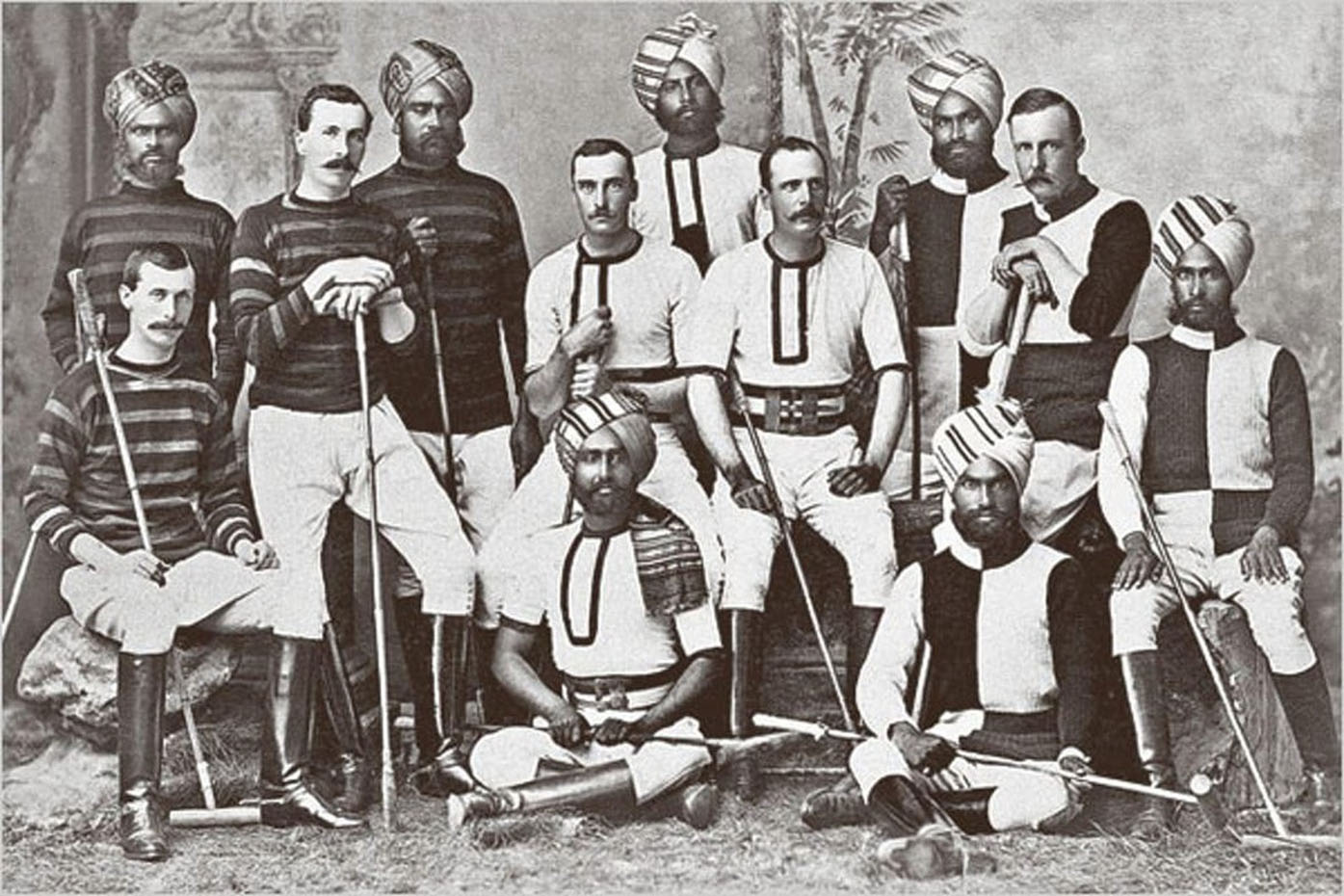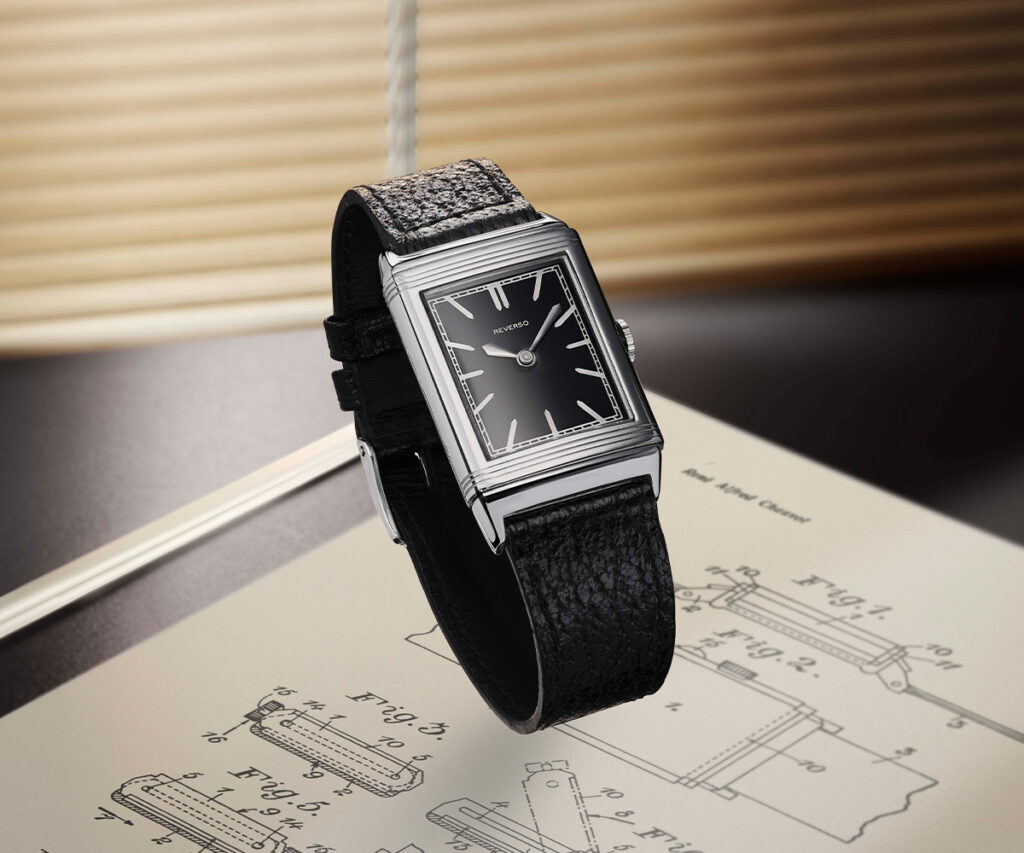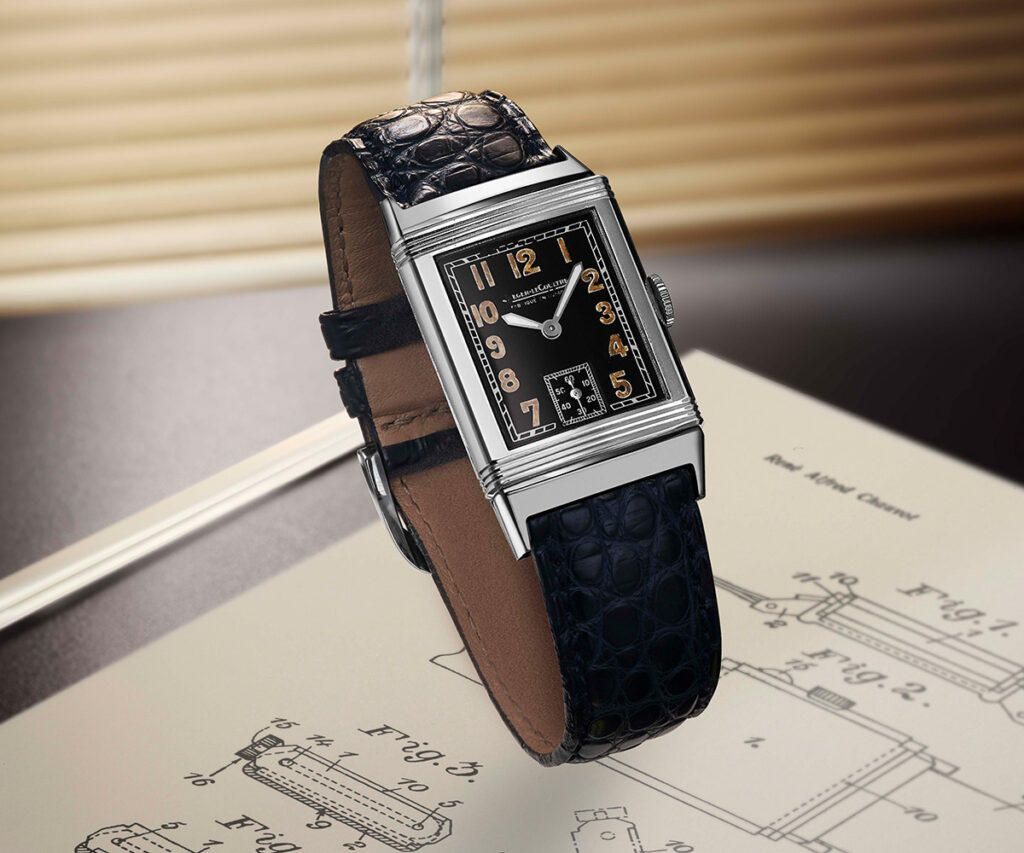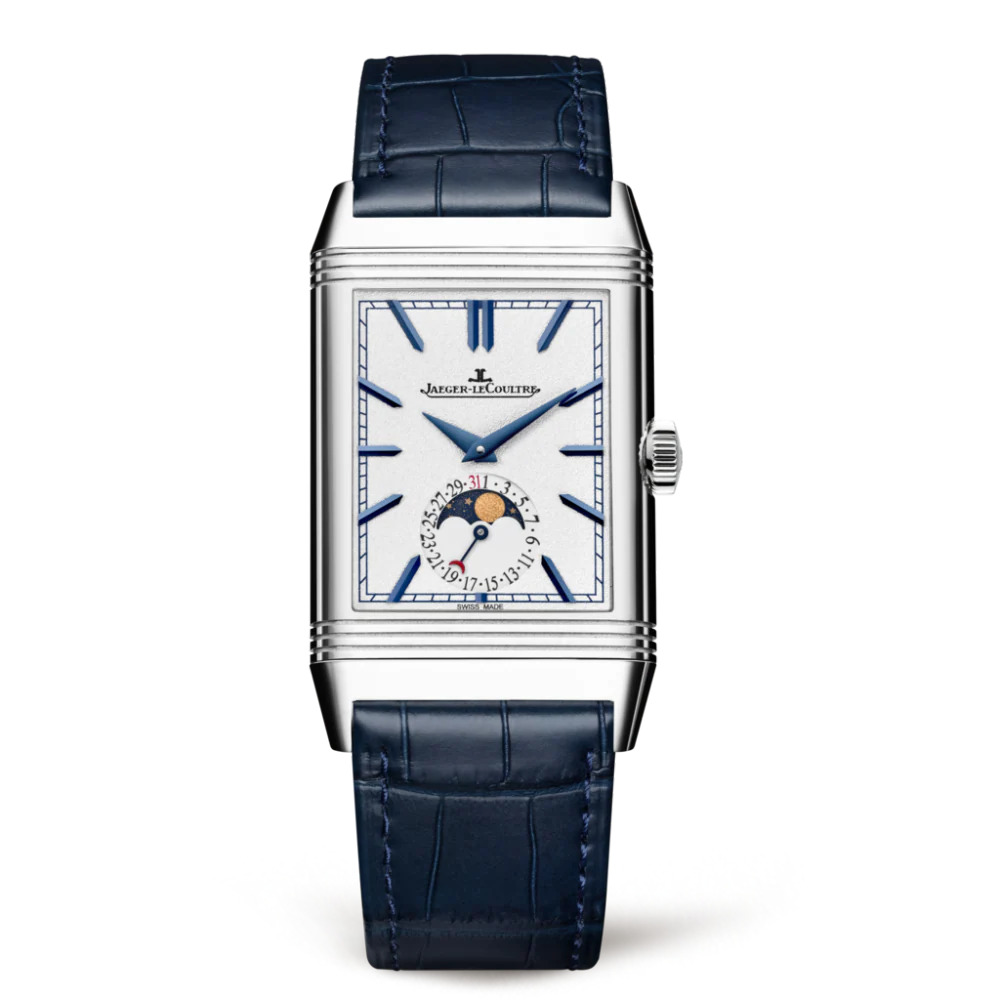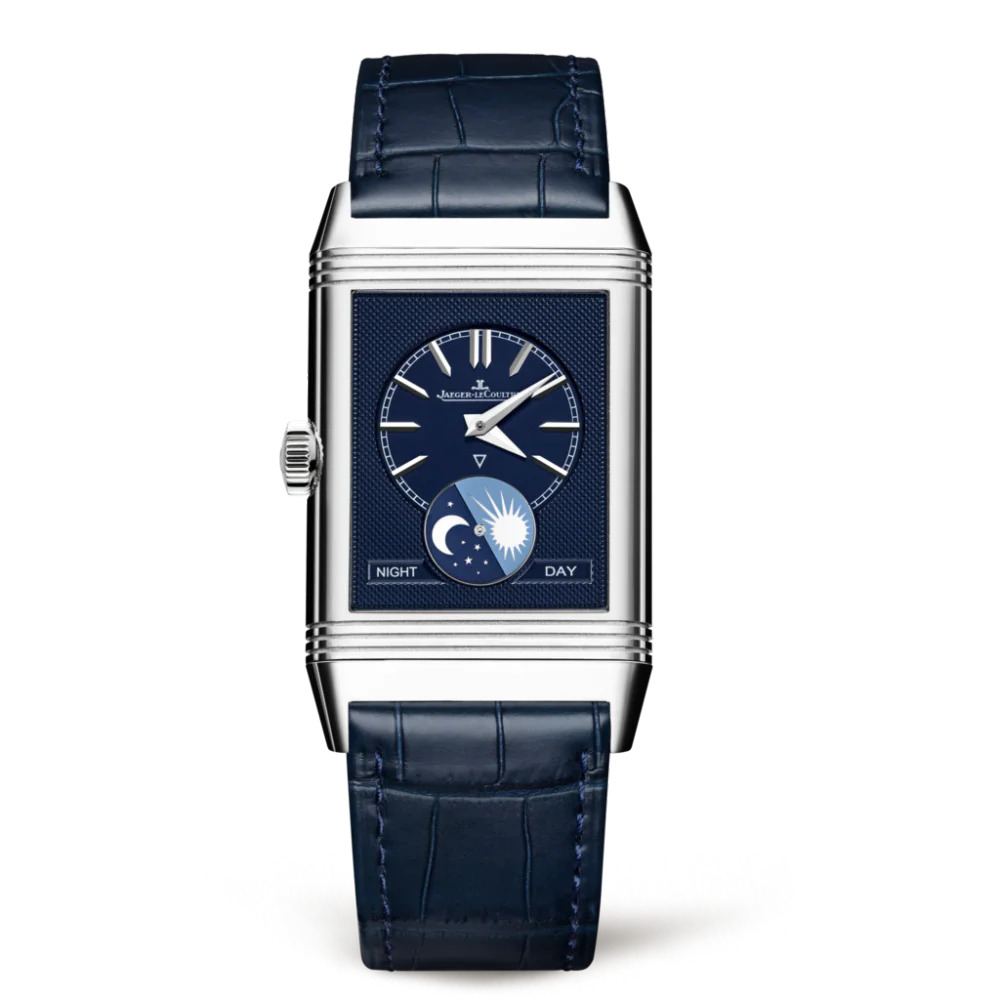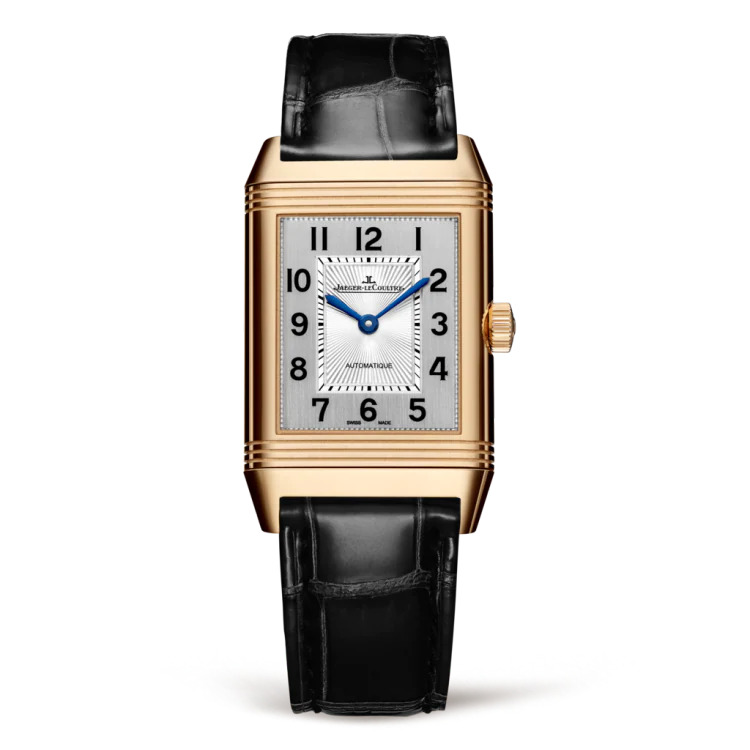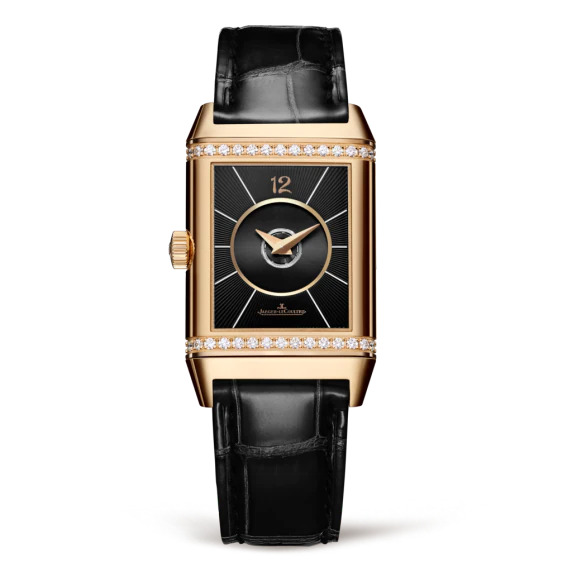The JLC Reverso is one of my favorite rectangular watches. Not that there is that much competition to be fair. There’s the Cartier Tank. And the Patek Philippe Gondolo. Along with a few others. But none that stand out in my mind quite like the Reverso. And before you say anything, no, I am not including tonneau – or barrel-shaped – watches in this assessment. They are a different beast altogether. In a nutshell, the Reverso offers iconic design, practical functionality and accessible pricing. Yet there’s so much more to the story than that. Read on to learn more about the history of the JLC Reverso. And to discover five reasons why it’s a good luxury watch to own.
A (Very) Brief History Of The JLC Reverso
The Reverso has an interesting and varied history, which only adds to its appeal. Its origin story is quite well known, so you may be familiar with it already. For those who are not though, allow me to provide a brief(ish) recap.
In the early 20th Century, in India, British army officers had taken up the sport of polo. A gentleman’s game no doubt but one that could also be quite perilous. Particularly for their watches. Sure enough, broken watch crystals and damaged dials became a regular occurrence. Leading these same officers to issue a challenge to a watch importer by the name of César de Trey. Create a wristwatch suitable for the polo field. His solution? Pure genius! A case that could flip over on itself to protect the watch’s crystal and dial.
- Members of a British army polo team in Hyderabad, India, 1900- Image Credit: LA Polo
The French/Swiss Connection
Through his business dealings, de Trey was well acquainted with the LeCoultre manufacture. As well as with the Parisian firm of Jaeger SA. (Already affiliated with the former but not yet the single entity we know today.) Upon returning to Switzerland, he approached Jacques-David LeCoultre about producing this polo-inspired watch. For the case design, he engaged a French industrial designer, René-Alfred Chauvot. A connection made through Jaeger.
On 4 March 1931, the Paris patent office received an application. It was for: “a watch capable of sliding in its support and being completely turned over”. In July, de Trey finalised the acquisition of the rights to Chauvot’s design. In November of that same year, he registered the Reverso name. He then set up a business partnership with LeCoultre. Cases made by Geneva’s A.E. Wenger were equipped with Tavannes 64 calibres. All assembly happened at the LeCoultre manufacture in Le Sentier.
A Promising Start
Less than nine months later, the first pieces came to market. They were sporty (by the standards of the day). Yet refined enough for the officers to wear with their formal dress uniforms. Three horizontal gadroons sat above and below the rectangular dial between angular lugs. The design dovetailed perfectly with the dawning Art Deco movement. The Reverso’s rectilinear lines and near-perfect proportions were an instant hit.
- The original Reverso from 1931. Looking as good then as it does today – Image Credit: Jaeger-LeCoultre.
Another major appeal of the Reverso was the ability to personalise it. Buyers could custom order coloured lacquer dials in bright colors. Not to mention the blank rear face of the swivelling case. The ideal blank canvas for personal touches like initials, monograms and family crests. Edward VIII had the royal coat of arms emblazoned on his (before abdicating). Amelia Earhart’s Reverso showed a map of Mexico to New York with her flight path.
In 1933, LeCoultre developed the first in-house calibre for the Reverso. One suited to its unique case shape. A series of dedicated in-house movements followed. These included a sub-seconds model in 1934 and a central-seconds model in 1935. By 1937, the success of the Reverso was such that it sealed the merger of Jaeger and LeCoultre. (Up to then, neither firm’s name had appeared on the dial. Instead early models only feature the word “Reverso”.)
The Reverso – A Footnote In Watchmaking History?
In spite of the Great Depression, the Reverso remained popular throughout the 1930s. That was until the breakout of World War II. Utilitarian round watches became the order of the day and Art Deco fell out of favour. (Plus, the advent of plexiglass made the protective design of the Reverso redundant.) In response, JLC turned its focus to other watches, like the Geophysic and Memovox.
- Another stunning example of a JLC Reverso from 1943. – Image Credit: Jaeger-LeCoultre
Interest in the Reverso waned. By 1969, when the first quartz wristwatch appeared, it had been all but forgotten. At this point, the Reverso may have become no more than a footnote in watchmaking history. Had it not been for one prominent devotee. Another watch distributor and – as fate would have it – a passionate Reverso collector. This time, an Italian by the name of Giorgo Corvo.
The story goes that during a visit to the JLC manufacture in 1972, Corvo came upon the last remaining Wenger cases in stock. He bought all 200 of them and had them fitted with mechanical movements. He sold every piece within a month. Keep in mind this was at the height of the Quartz Crisis. After further encouragement from Corvo, JLC agreed to take another look at its polo watch.
The Return Of The Reverso
The first move was to bring production of the case in-house. A JLC engineer by the name of Daniel Wild took on the task of redesigning it to modern technical standards. Whilst protecting the classic aesthetic of the Reverso, of course. Four years later – in 1985 – the new case was ready. It boasted an innovative flip-over mechanism. This allowed the watch to swivel at any point, rather than having to push it to one end. It sat in a new carrier with redesigned lug attachments.
The number of parts increased from the original’s 23 to 55. Yet from a visual standpoint, the cases look almost identical. The new version though was both waterproof and dust-proof. And far superior in the quality of its construction.
The rest, as they say, is history. JLC continued to evolve the Reverso and its popularity soared once again. Complicated pieces followed, with collectors spoilt for choice. Today, the collection is well-rounded with models to suit the wrists of both sexes. If you’re still not convinced though, check out our 5 reasons the Reverso is a good luxury watch to own below.
-
The Reverso Is: Unique
There’s no denying that a JLC Reverso cuts a distinct figure on the wrist. And not only because the case dimensions can sometimes be on the thicker side. The reality is, a non-round watch, in and of itself, is unusual. Let alone one that can “flip” within its own case to reveal a second watch face. Or an elaborate engraving. Or whatever other surprise the master artisans at JLC can dream up. Yes, there are other rectangular watches. But none quite like the Reverso.
Likewise, you don’t actually see these watches in the wild that often. Despite being around for a very long time the Reverso is less ubiquitous than say a Speedmaster. Or even a Calatrava. Some would argue that it’s also less practical, which is valid. But if you want a watch that will stand out in a crowd – whilst still keeping it classy – the Reverso is hard to beat.
-
The Reverso Is: Functional
As I discussed above, the rotating case of the Reverso serves a functional purpose. In the early days that purpose was to protect the watch dial from wayward polo mallets. Nowadays though, JLC has come up with myriad variations. Many of which combine a sense of whimsy with utility. A good example is the Reverso Tribute Duoface Moon. The front dial features a classic time display. Complete with traditional moon phase and pointer date. On the reverse is a second time-zone display with an over-sized day/night indicator.
Sure, you could incorporate all those functions into one watch dial. And many brands do, although the inclusion of the second timezone is a bit more of a novelty. But doing it this way means you have two super clean dial faces to choose from. And each looks quite different from the other.
-
The Reverso Is: Stylish
Elegant yet understated, the Reverso is the epitome of good taste. The design hasn’t changed much over the years, and with good reason. Three gadroons at the top and bottom. Polished and brushed finishes on the case. Lug ends curving down for a snug fit against the wrist. It all screams civility and sophistication. Choose the right version and you can wear it on the golf course in the morning and to a black-tie event in the evening. With a possible flip of the case in between.
One of my favorite examples of this is the Reverso Classic Duetto in rose gold. (Although you can also get it in steel.) The front face is all business. A very clean, traditional two-hand time display with vertical satin-brushing and guilloché. Perfect for the office or formal business meeting. But then at night, when you want to let your hair down, you flip it over. And there you find a very contemporary-looking, minimalist black dial. Framed at the top and bottom by a row of diamonds. It’s not to everyone’s tastes sure, but I like that hidden magic. That extra bit of personality that stays out of sight until you decide it’s time for it to come out and play.
-
The Reverso Is: Accessible
With the breadth and depth of the Reverso range there is something to suit just about all tastes. And budgets. Sure, super popular models – like the Grande Reverso Ultra Thin Tribute to 1931 – get snapped up fast. But as a general rule of thumb, you don’t have to be too concerned about waitlists with a Reverso. Unlike your standard steel Rolex Submariner – for which you can wait months, or even years for the call.
This means pricing – especially on the secondary market – is also more attractive. And with its 90-year production run, there’s plenty of examples available. You can pick up a classic steel model starting from around US$5,500. While gold models start from around US$14,000. Although don’t expect to see too much appreciation in value. The vast majority of the Reverso models are not what you would deem ‘collectible’. Still, when you consider the pedigree of the watchmaker on the dial, the price feels like a bargain.
-
The Reverso Is: Iconic
Sure, it may not be as recognisable as a Daytona. Or a Nautilus. But any true watch lover will agree that the JLC Reverso is one of the legit icons of Swiss watchmaking. It’s been through its share of ups and downs over the years. Almost fading into obscurity only to fight its way back to become stronger than ever. Throughout the years the foundational design has remain unchanged. This is a watch that does exactly what it was created to do. And yet offers so much more. Granted, it may not be your first choice for an everyday all-rounder. But the Reverso is definitely worth your consideration.
This article by TheWatchLounge has been sponsored by our partner WatchBox.
